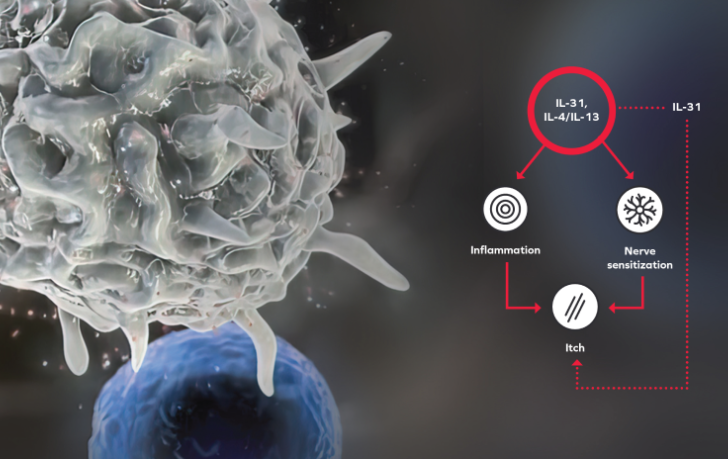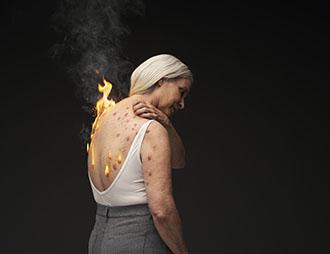
Drivers of Prurigo Nodularis
Itch, inflammation, altered epidermal differentiation, and fibrosis are the 4 pillars of PN. The pathophysiology of PN involves interactions between the nervous system, immune system, and skin.1-5
- Bağci IS, Ruzicka T. IL-31: a new key player in dermatology and beyond. J Allergy Clin Immunol. 2018;141(3):858-866. doi:10.1016/j.jaci.2017.10.045
- Williams KA, Roh YS, Brown I, et al. Pathophysiology, diagnosis, and pharmacological treatment of prurigo nodularis. Expert Rev Clin Pharmacol. 2021;14(1):67-77. doi:10.1080/17512433.2021.1852080
- Whang KA, Mahadevan V, Bakhshi PR, et al. Prevalence of prurigo nodularis in the United States. J Allergy Clin Immunol Pract. 2020;8(9):3240-3241.doi:10.1016/j.jaip.2020.05.051
References



